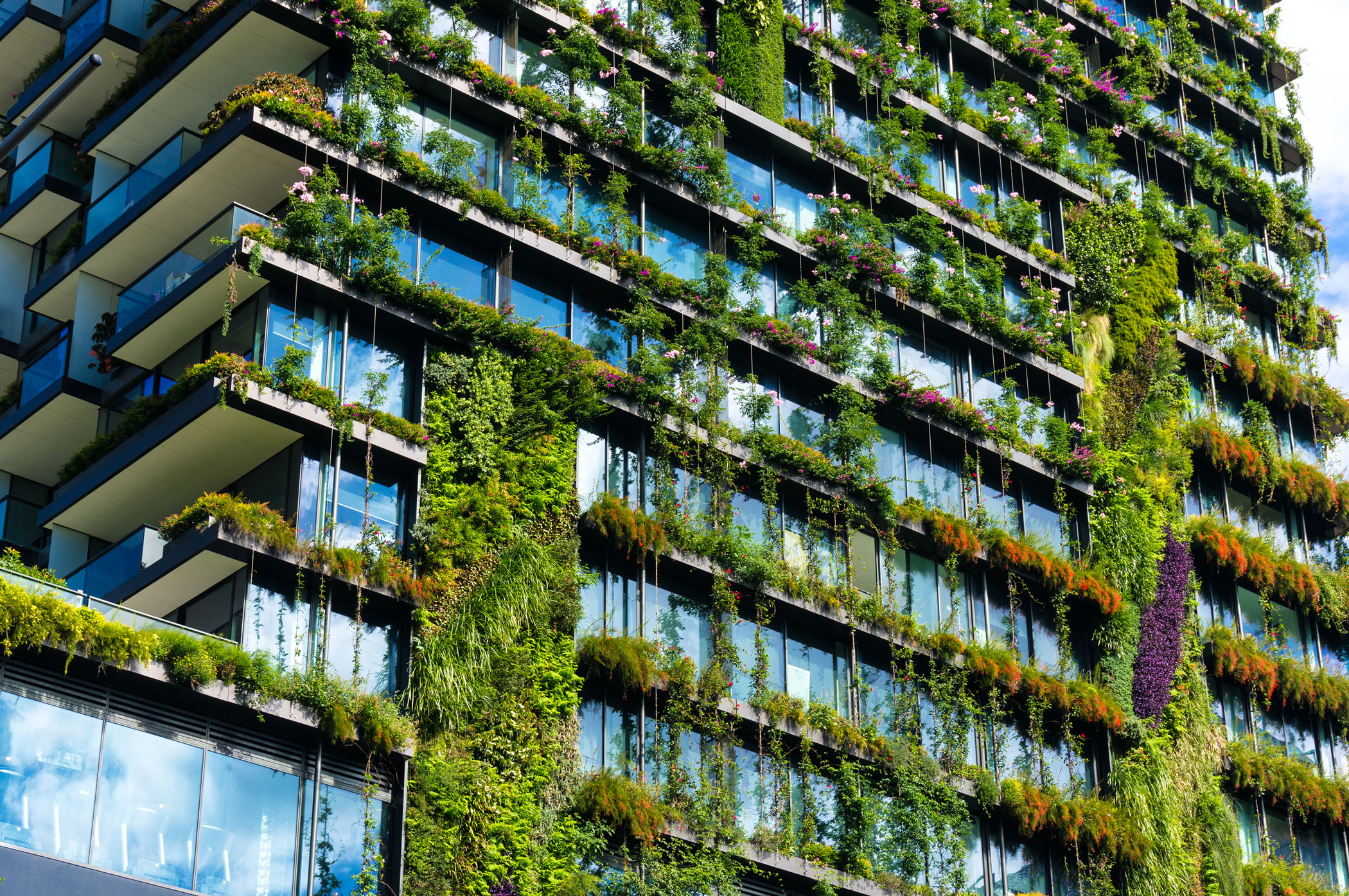Green buildings, characterized by designs, construction, and operations aimed at minimizing environmental impact while enhancing human health and well-being, can play a crucial role in addressing global challenges.
According to the World Green Build Council, buildings and construction contribute significantly to worldwide energy-related carbon dioxide emissions (39.0%), final energy use (36.0%), and water consumption (12.0%). Consequently, integrating green building practices becomes pivotal in mitigating climate change and advancing sustainability.
Through reduced greenhouse gas emissions, achieved by lower energy consumption and waste generation compared to conventional buildings, green buildings contribute to a diminished carbon footprint. They embrace renewable energy sources, such as solar, wind, and hydroelectric power, thereby reducing reliance on fossil fuels that emit harmful gases.
These contemporary structures actively conserve natural resources by utilizing renewable and recycled materials like wood, bamboo, steel, and glass. Incorporating solar panels, wind turbines, rainwater harvesting, and low-flow fixtures optimizes water and energy efficiency, diminishing resource depletion and mitigating environmental impact.
Green buildings enhance indoor and outdoor air quality by integrating plants, natural ventilation, daylighting, and low-volatile organic paints. These features reduce exposure to pollutants, allergens, and pathogens, fostering comfort and well-being. Notably, One Central Park in Sydney, Australia, exemplifies this approach with vertical gardens on its façade that filter air and provide shade.
Moreover, green buildings positively impact occupants’ productivity and performance by offering a healthy, comfortable, and stimulating environment. Studies demonstrate improvements in cognitive function, creativity, concentration, and mood, coupled with reductions in absenteeism, stress, and fatigue. The Museum of Tomorrow in Rio de Janeiro, Brazil, serves as a notable example, showcasing the potential of sustainable practices to inspire creative and critical thinking.
In essence, green buildings signify a harmonious relationship between humans and nature, reflecting a commitment to environmental respect and an improved quality of life. They represent a pathway toward building a better tomorrow.

















